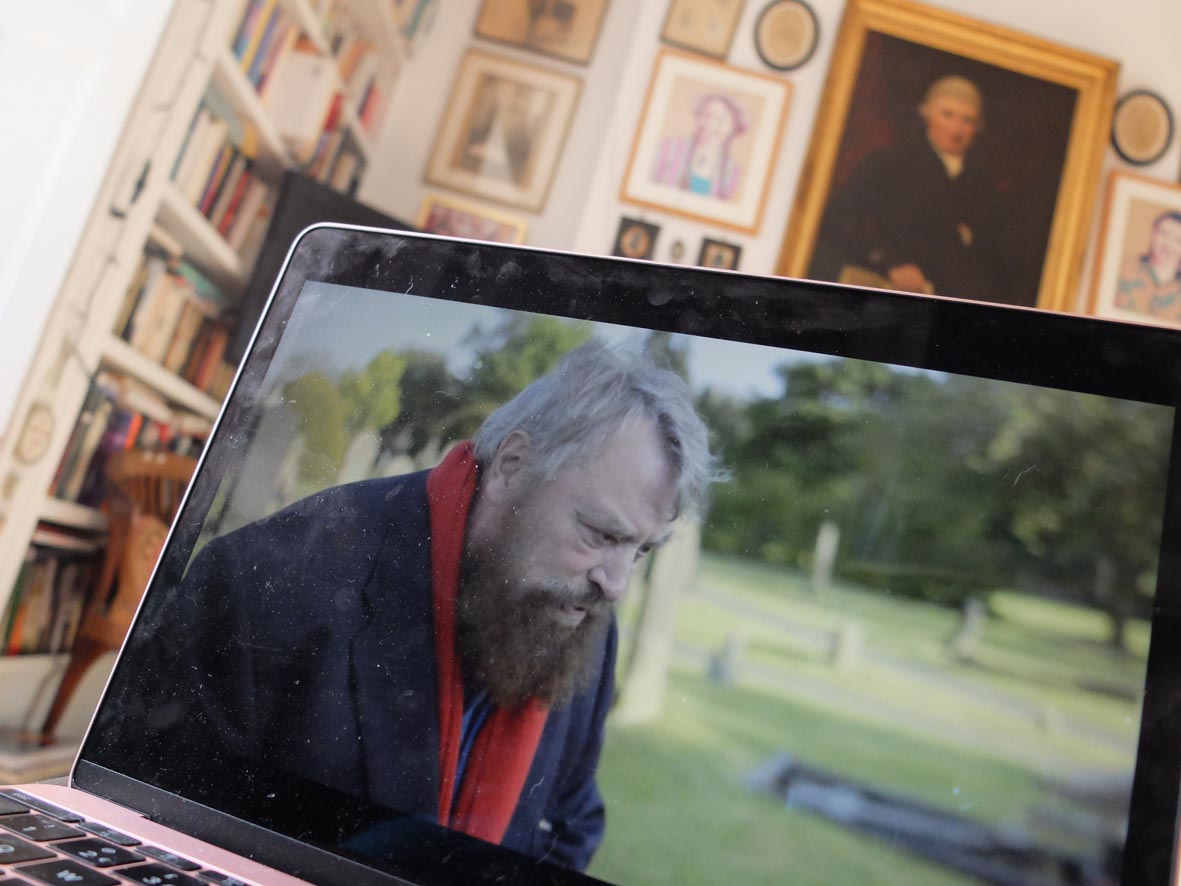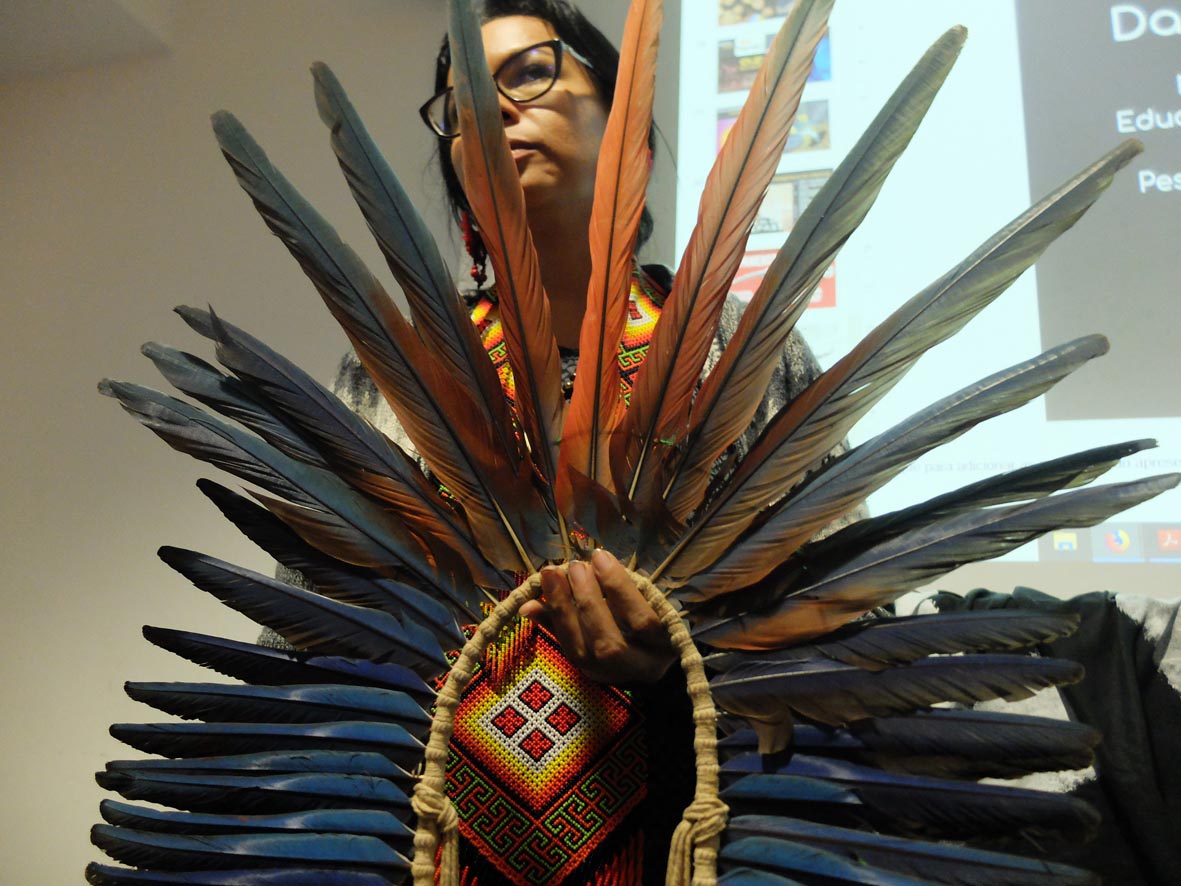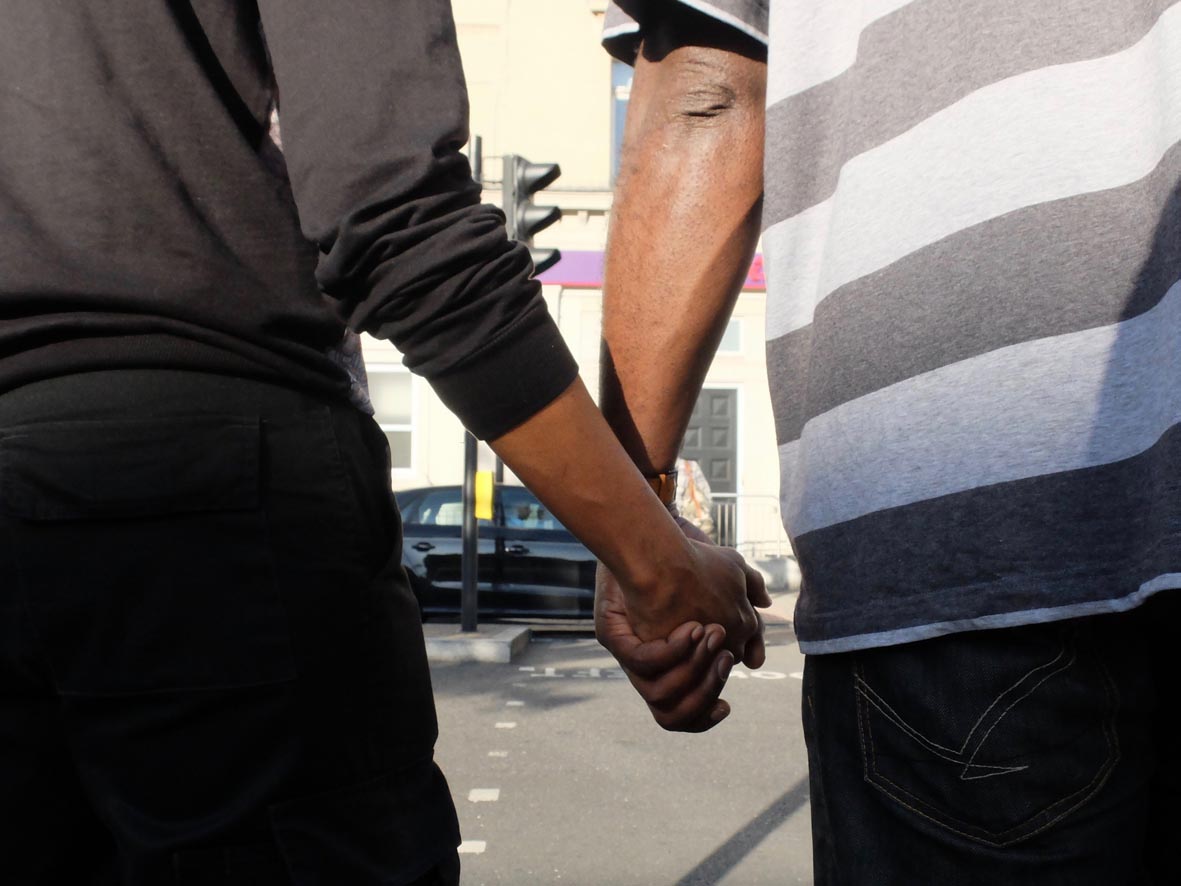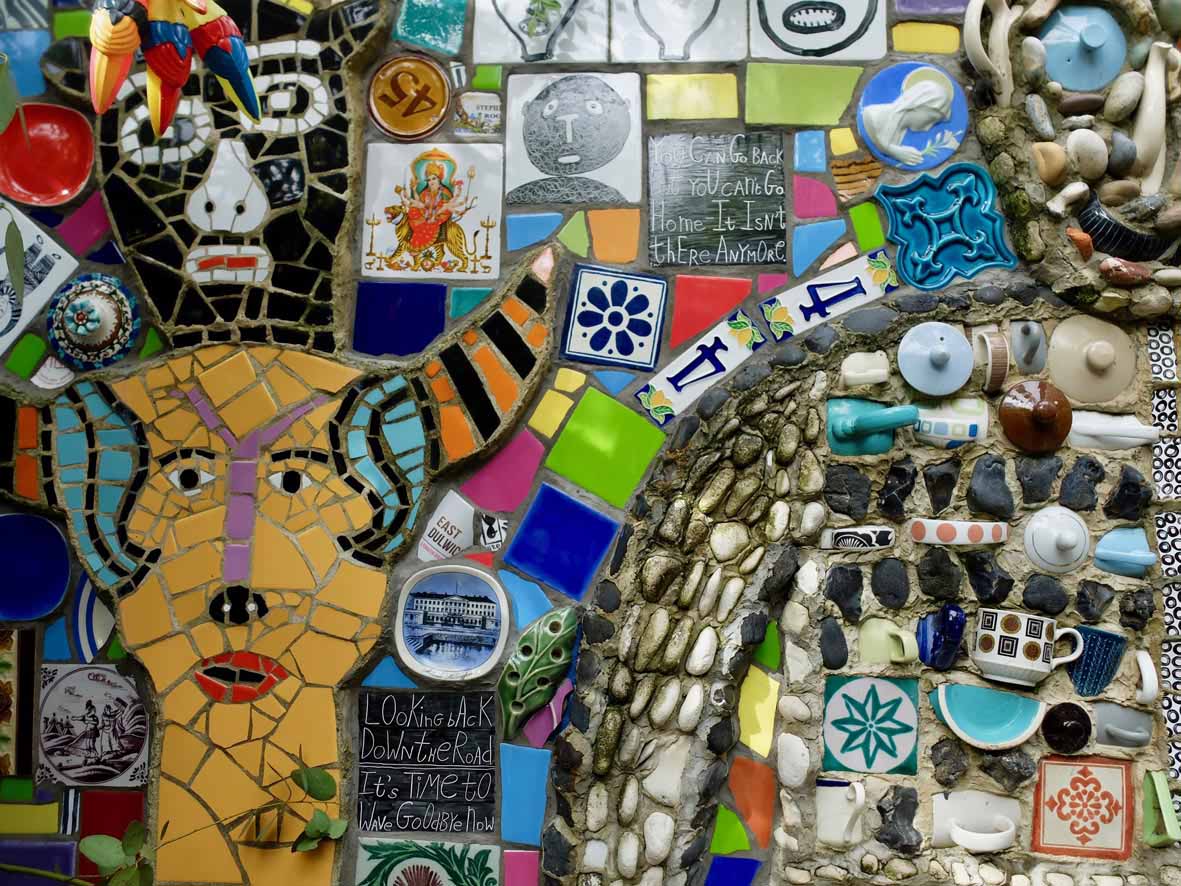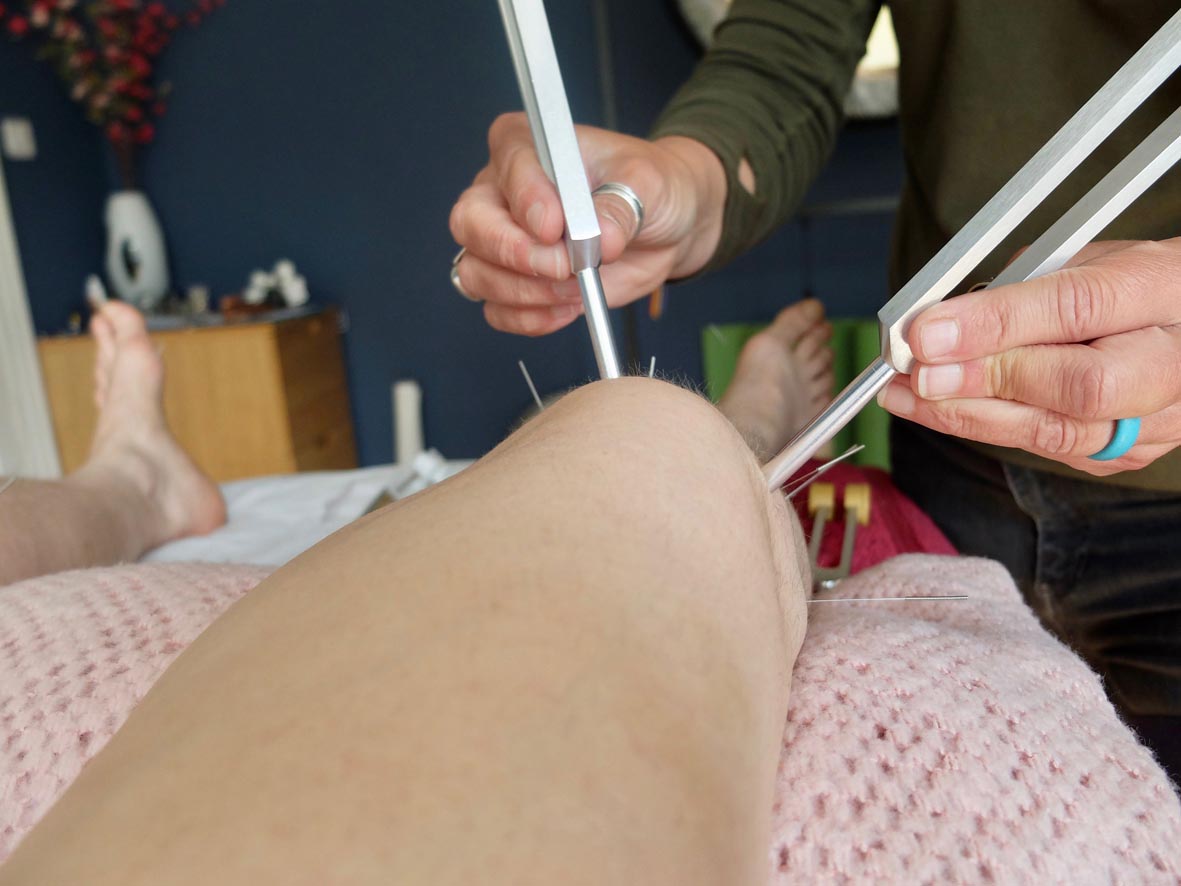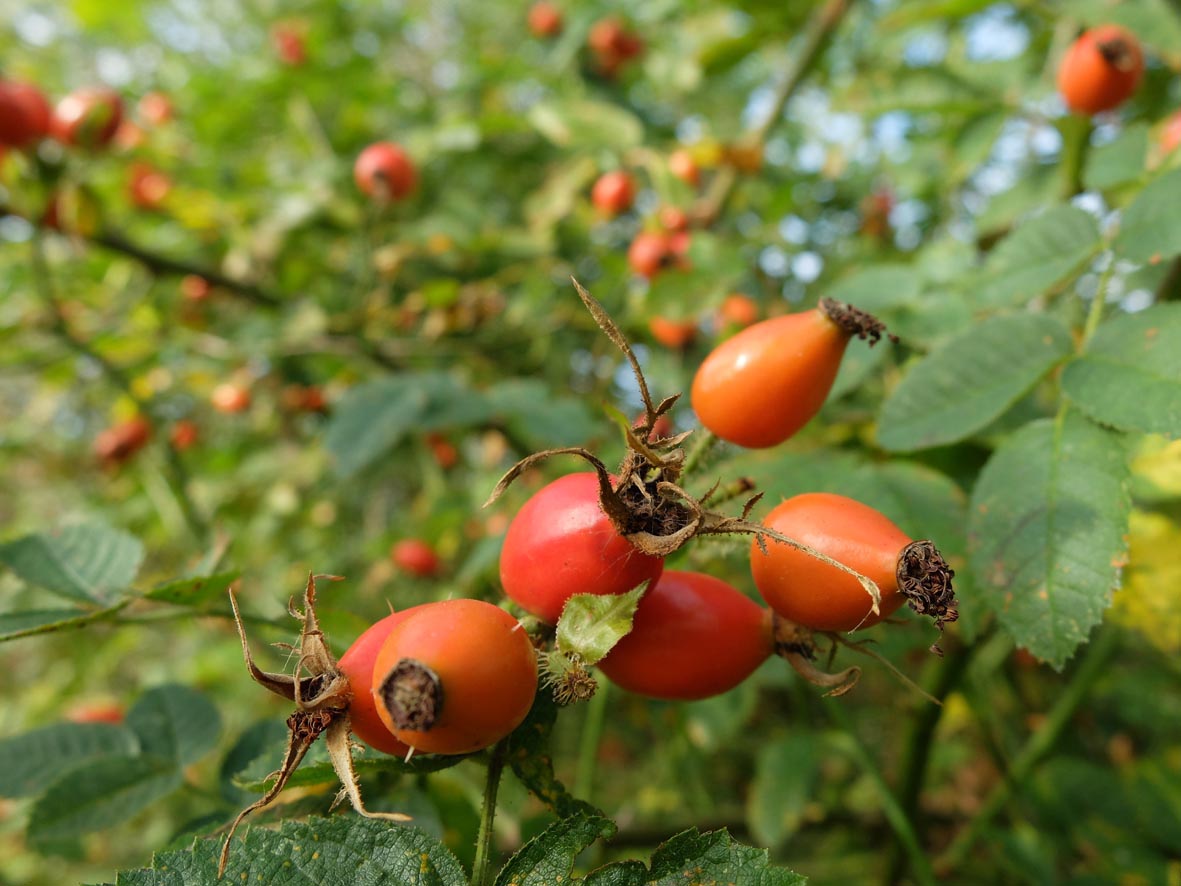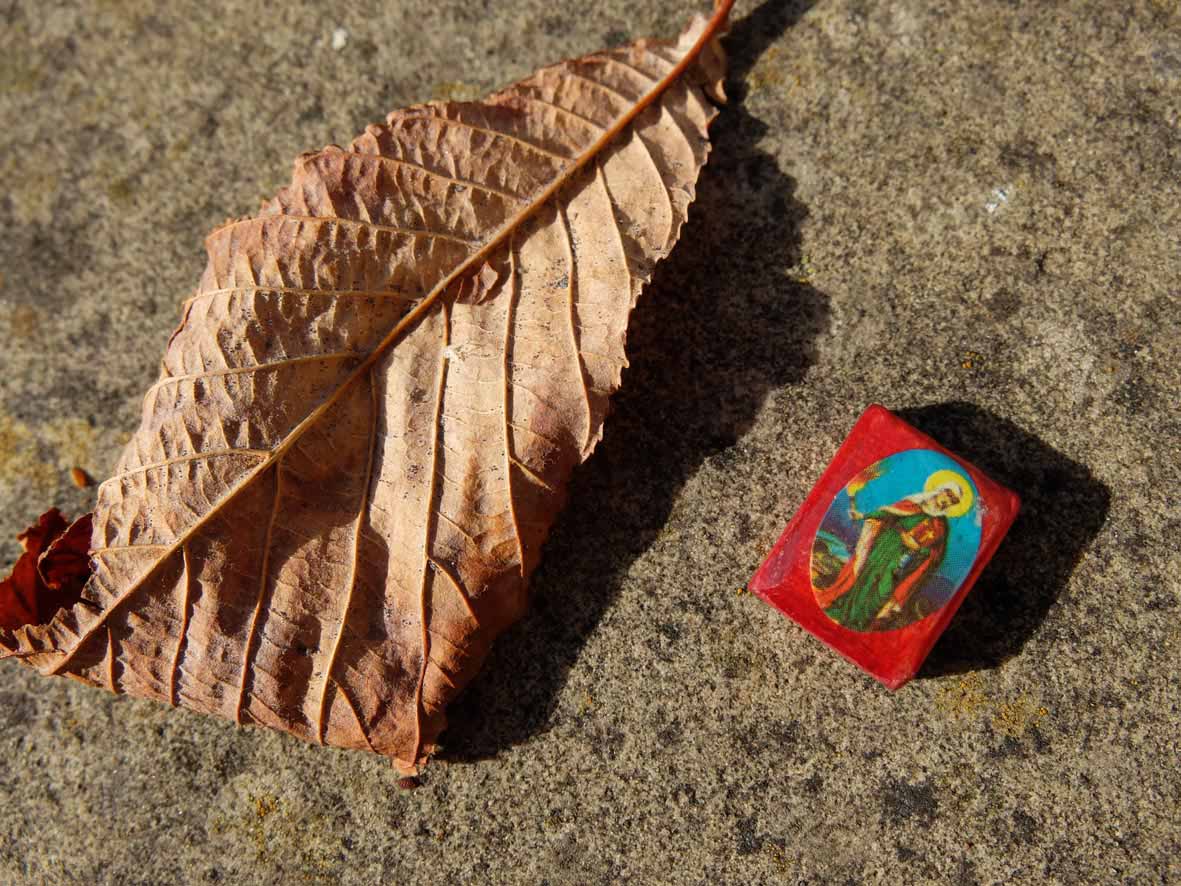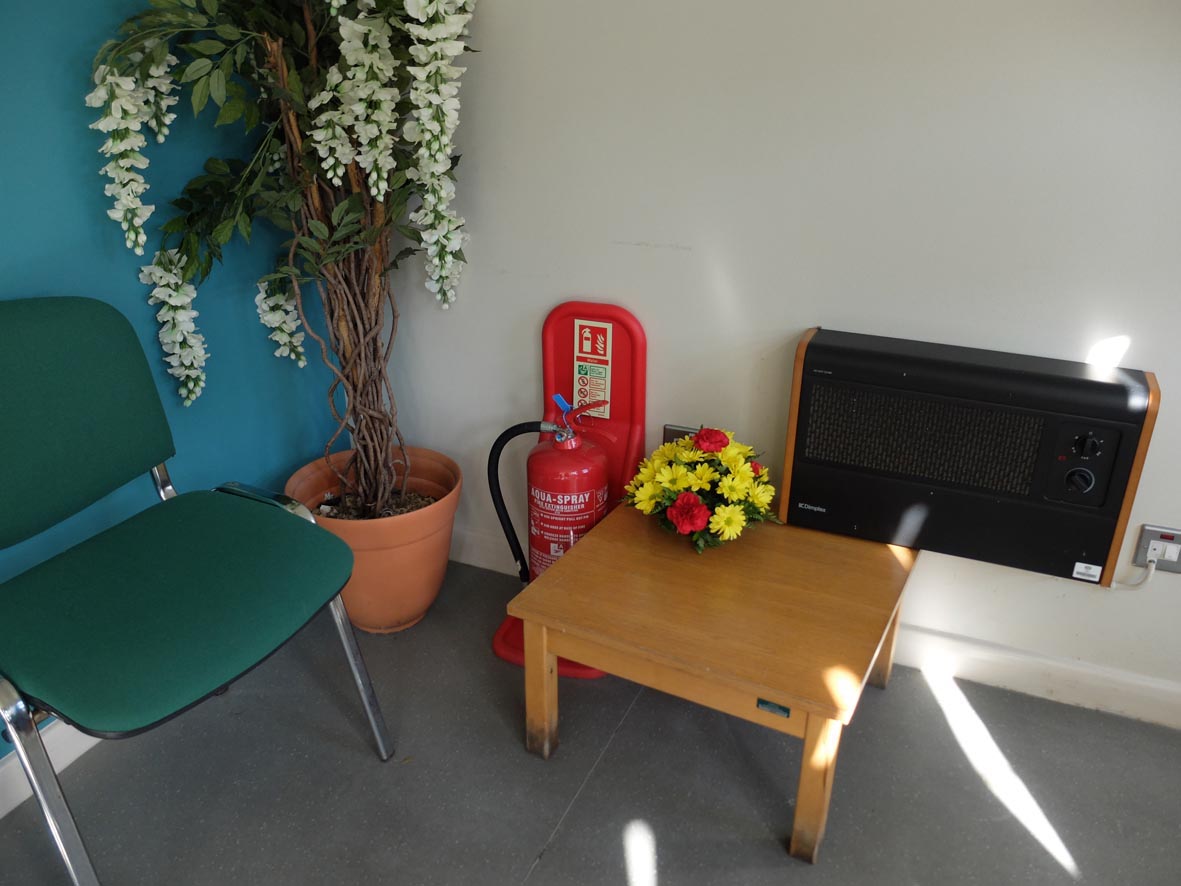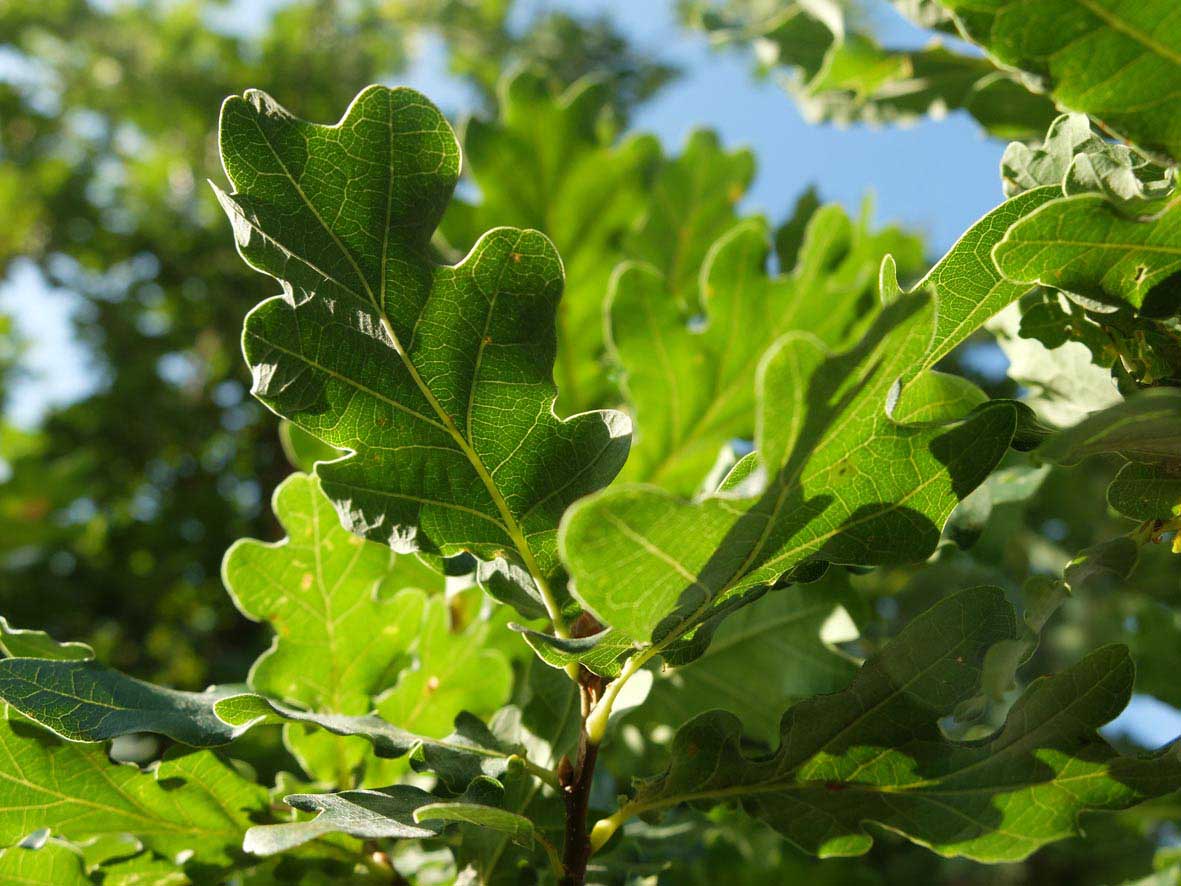03 Oct Bush Hat
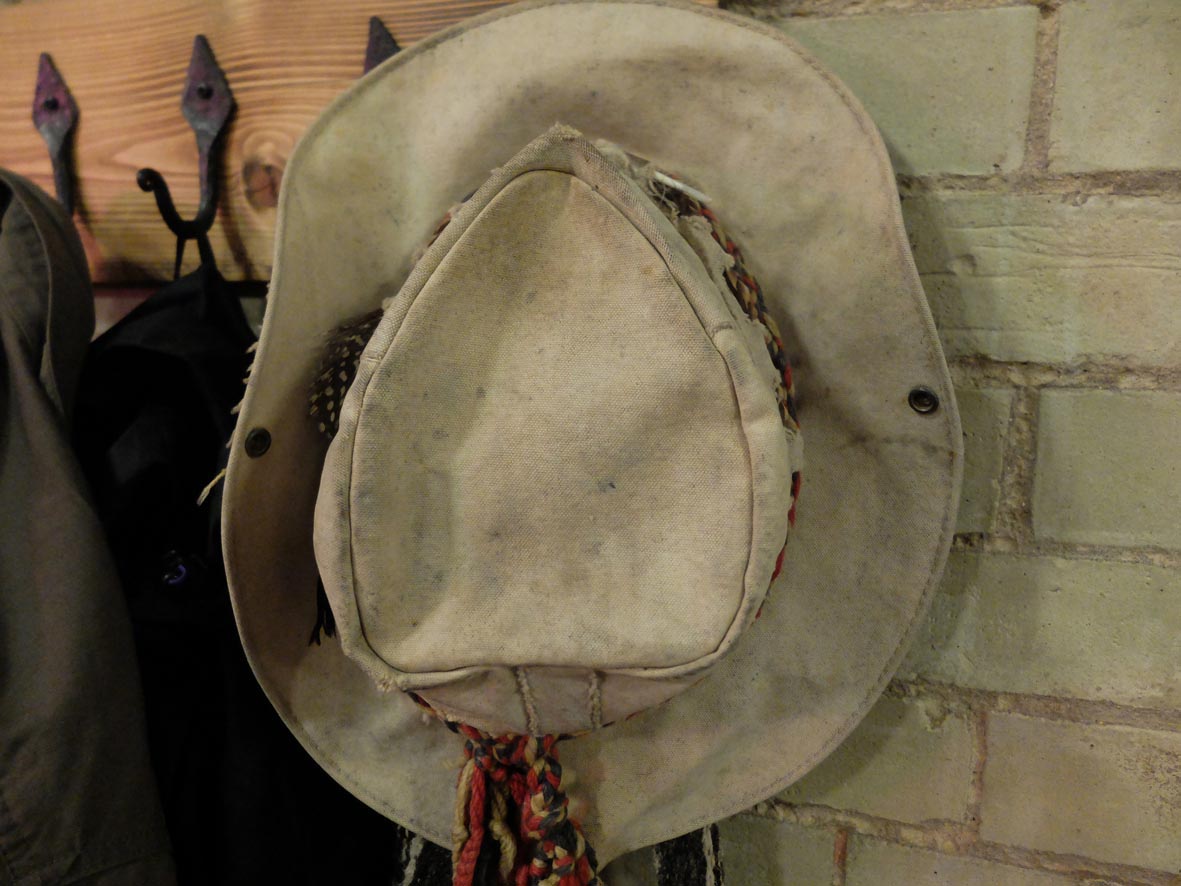 There’s a pleasing circularity in the things I am hearing in the meditation. It is led by Jarmbi Githabul of the Githabul and Ngarakwal tribes in Australia. Almost the same visualisation was taught to me by Eucalyptus who works in a Celtic tradition. I did a version of it in a ceremony lead by a South American medicine woman, and others before that. I am grounding through the earth, and connecting to the stars. It includes opening my heart. It is a practical way to connecting up both vertically and horizontally, which for me is the key to changing everything. I like his low key practical approach. To connect with who we are and our heritage, “feel your blood”, he simply says. I am finding my way back to the old ways, to those who were earthed, way back in my own lineage. Jarmbi’s bush lore circles through the words that loop round my head – disconnection, trauma, grief, honour, listen, ancestors, remember, ceremony, community, dance, love. The air ripples with the pulsing drone of the didgeridoo. One small gasp for air punctuates the sound of his circular breathing. www.42acresshoreditch.com/events/grounded-connected-as-i-see-it-jarmbi/
There’s a pleasing circularity in the things I am hearing in the meditation. It is led by Jarmbi Githabul of the Githabul and Ngarakwal tribes in Australia. Almost the same visualisation was taught to me by Eucalyptus who works in a Celtic tradition. I did a version of it in a ceremony lead by a South American medicine woman, and others before that. I am grounding through the earth, and connecting to the stars. It includes opening my heart. It is a practical way to connecting up both vertically and horizontally, which for me is the key to changing everything. I like his low key practical approach. To connect with who we are and our heritage, “feel your blood”, he simply says. I am finding my way back to the old ways, to those who were earthed, way back in my own lineage. Jarmbi’s bush lore circles through the words that loop round my head – disconnection, trauma, grief, honour, listen, ancestors, remember, ceremony, community, dance, love. The air ripples with the pulsing drone of the didgeridoo. One small gasp for air punctuates the sound of his circular breathing. www.42acresshoreditch.com/events/grounded-connected-as-i-see-it-jarmbi/



